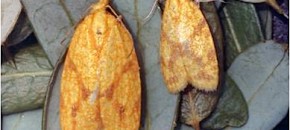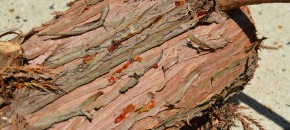The weather has been a double-edged sword of late throughout most of the mid-Atlantic region. The extremely hot weather with temperatures at or above 90 these past few days have been good for slowing disease development down. At those temperatures, its even too hot for pathogens to develop! Unfortunately, the weather has also brought with it […]
Continue reading...Vegetable Disease Briefs – 6/23/15
Basil downy mildew has been reported in Northern New Jersey this past week. All basil growers should continue to scout and be proactive. Late blight has been reported on potato as far north as North Carolina near the Virginia border. There have been no reports of late blight in the region to date. To track late blight in […]
Continue reading...Potato | Tomato Disease Forecast 6-23-15
Click to View | Download Report 6-23-15 Potato Disease Forecasting Report We will be tracking DSVs for Late blight development and calculating P-days for initiating the first early blight fungicide application. The first late blight fungicide application is recommended once 18 DSVs accumulate from green row. Green row typically occurs around the first week in May […]
Continue reading...Cranberry Insect Control Update

Cranberry beds are in full bloom. If insects have been effectively managed prior to bloom, we recommend no sprays at this time. A reminder: when bees are present, your only choices of insecticides are insect growth regulators (IGRs) such as Intrepid 2F or Bt products such as DiPel. During bloom we recommend monitoring insect populations […]
Continue reading...Potato | Tomato Disease Forecast 6-19-15
Click to View | Download Report 6-19-15 Potato Disease Forecasting Report We will be tracking DSVs for Late blight development and calculating P-days for initiating the first early blight fungicide application. The first late blight fungicide application is recommended once 18 DSVs accumulate from green row. Green row typically occurs around the first week in May […]
Continue reading...Borer Mania

Cryptomeria samples have been coming into the Plant Diagnostic Laboratory with increasing frequency this spring. Their issues with winter damage, particularly this year, have been chronicled on this blog. We’ve also had a couple of samples diagnosed with Maskell scale in the lab this spring, too. Pretty routine set of samples, just a few more […]
Continue reading...